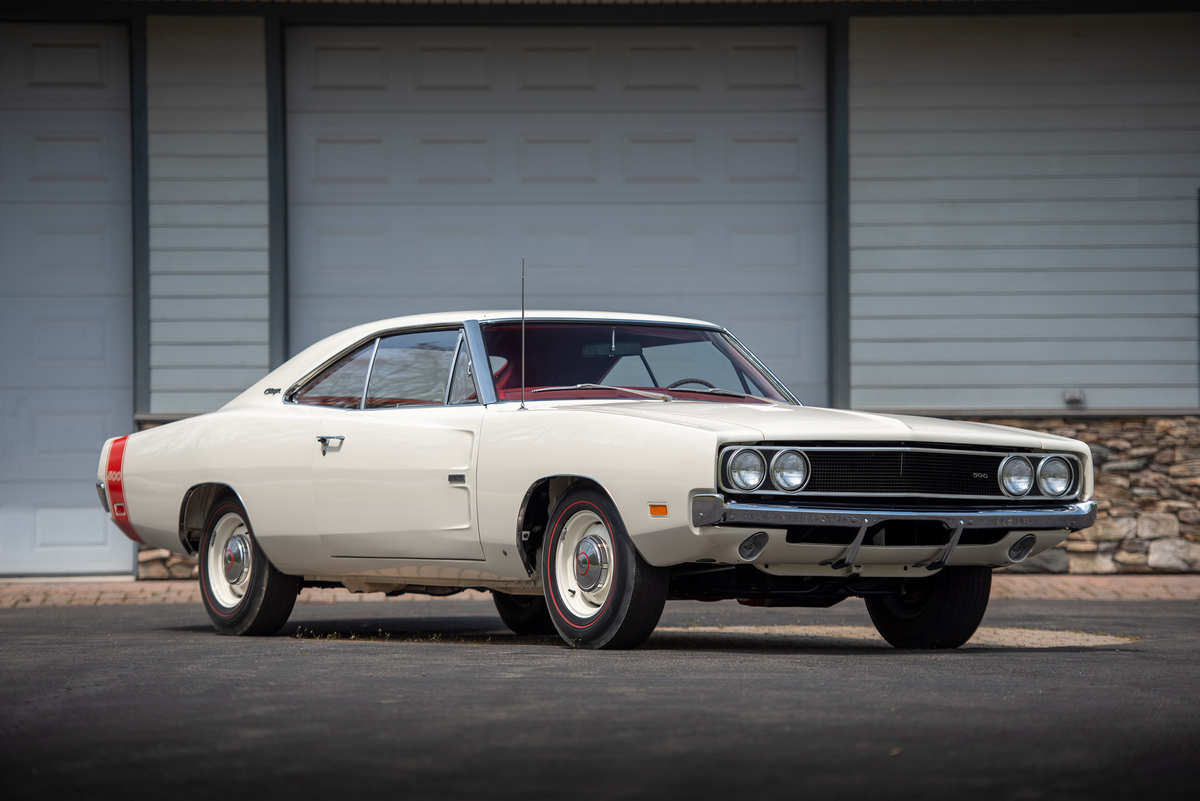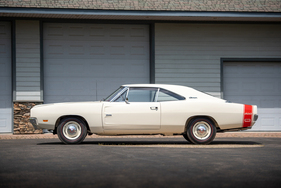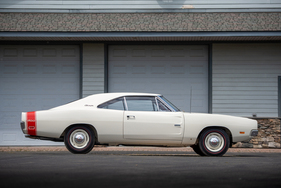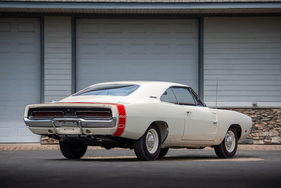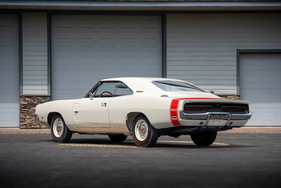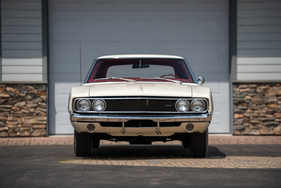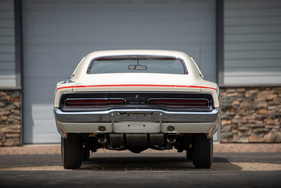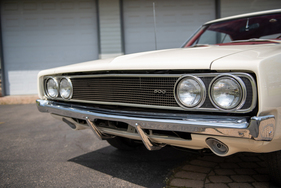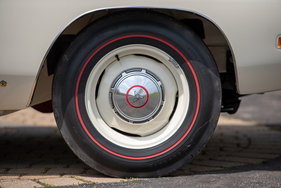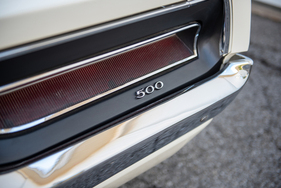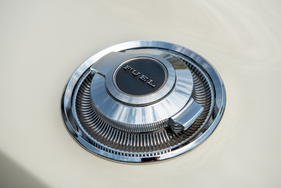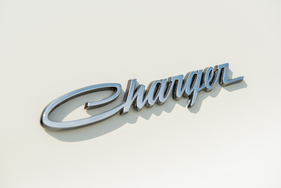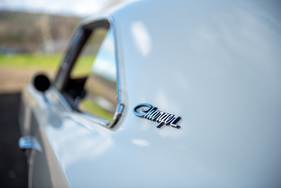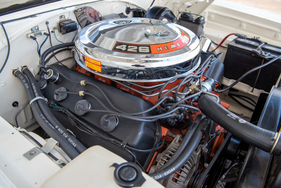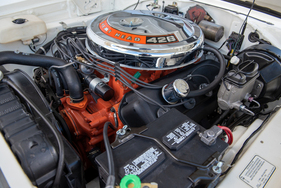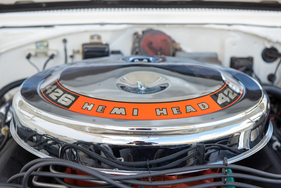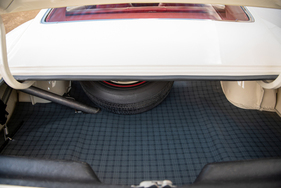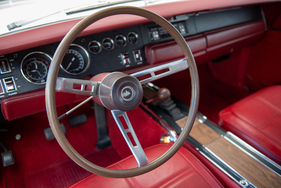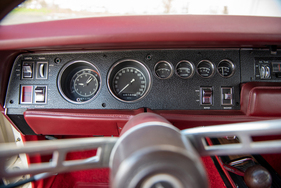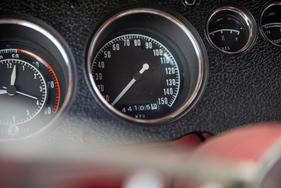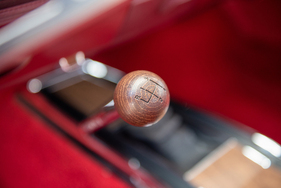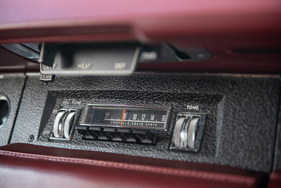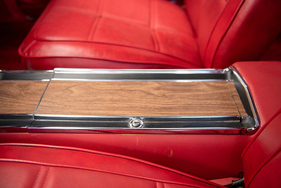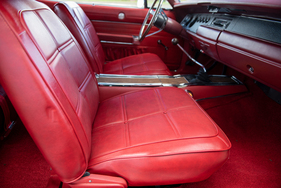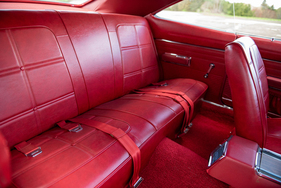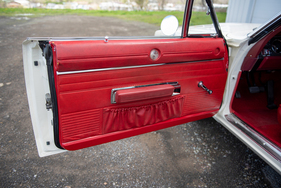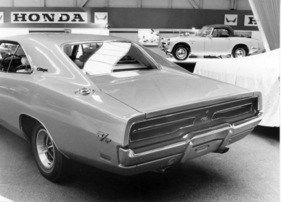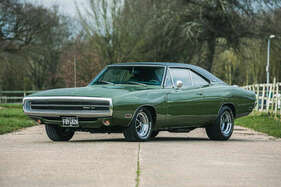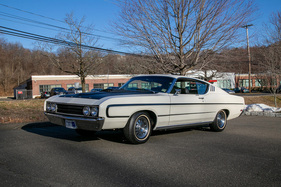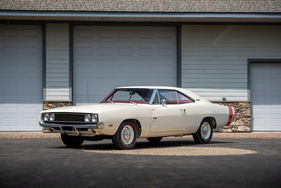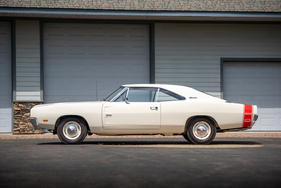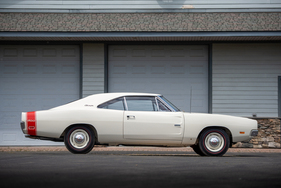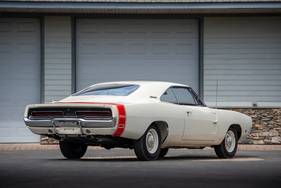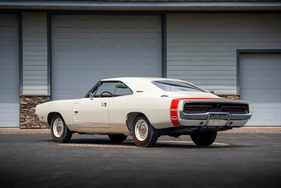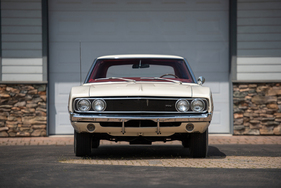Dodge Charger 500 - The prevented fighter
Summary
Aerodynamics is for people who can't build engines, Enzo Ferrari is said to have once said. But even the Americans, for whom performance was once above all else, discovered the advantages of low drag at the end of the 1960s - at least on the racetrack. This article tells the short story of the aerodynamically optimized Dodge Charger 500 for NASCAR racing.
This article contains the following chapters
- Change of pace in the NASCAR
- Air brake as standard
- Dodge's first attempt
- Talladega and Daytona
- Curtailed by the regulations
- Big name, big numbers
Estimated reading time: 6min
Preview (beginning of the article)
At the end of the sixties, the stock car racing cars of the NASCAR Grand National Series were still characterized by the fact that they were actually largely "stock" - in other words, they corresponded to those iron pigs that tumbled off the production lines in Detroit and Dearborn by the thousands and could be bought by any reasonably well-off daddy. Conversely, this meant that only cars that were in the showroom of the friendly authorized dealer in Nebraska were allowed to take part. And since car races are only really fun (and only have the desired advertising effect) if you humiliate the competition in a superior manner, the Chrysler Corporation launched a new, aerodynamically optimized "special model" of its mid-size coupé for the 1969 season, which had only one task: to give the competition a good spanking in the oval.
Continue reading this article for free?
Photos of this article

